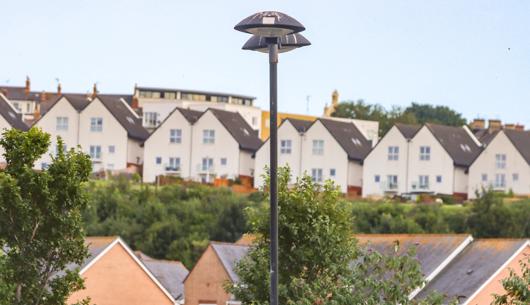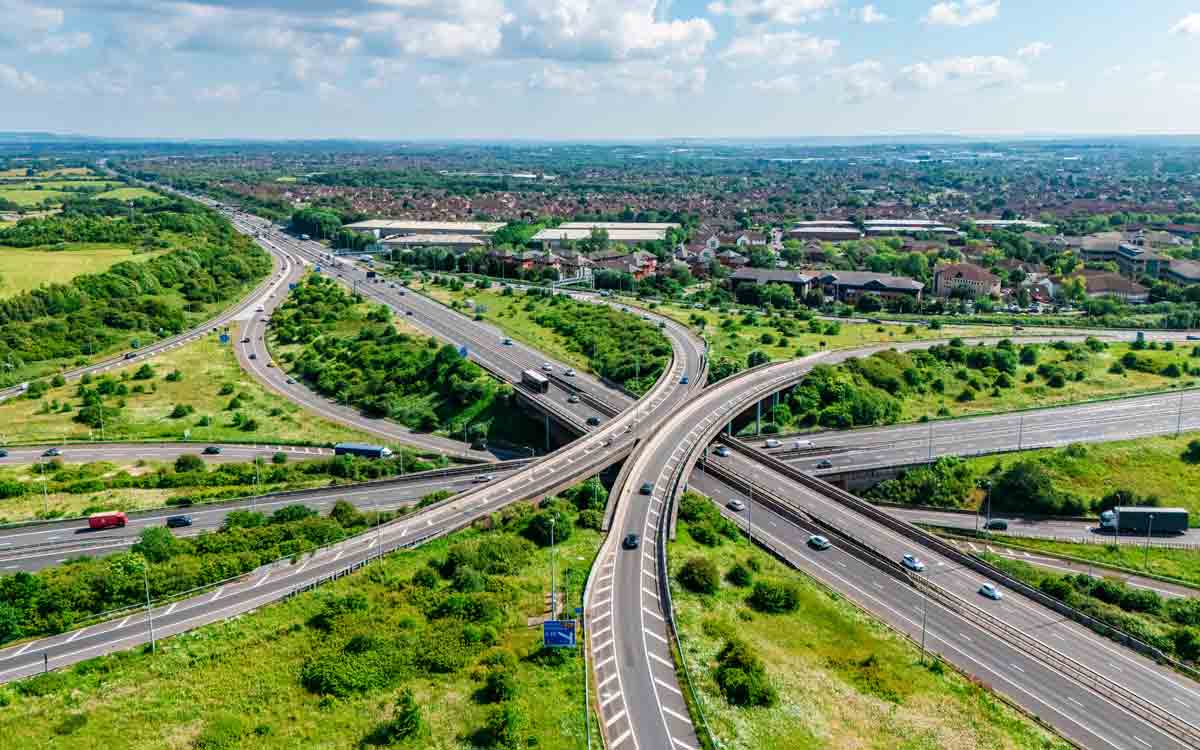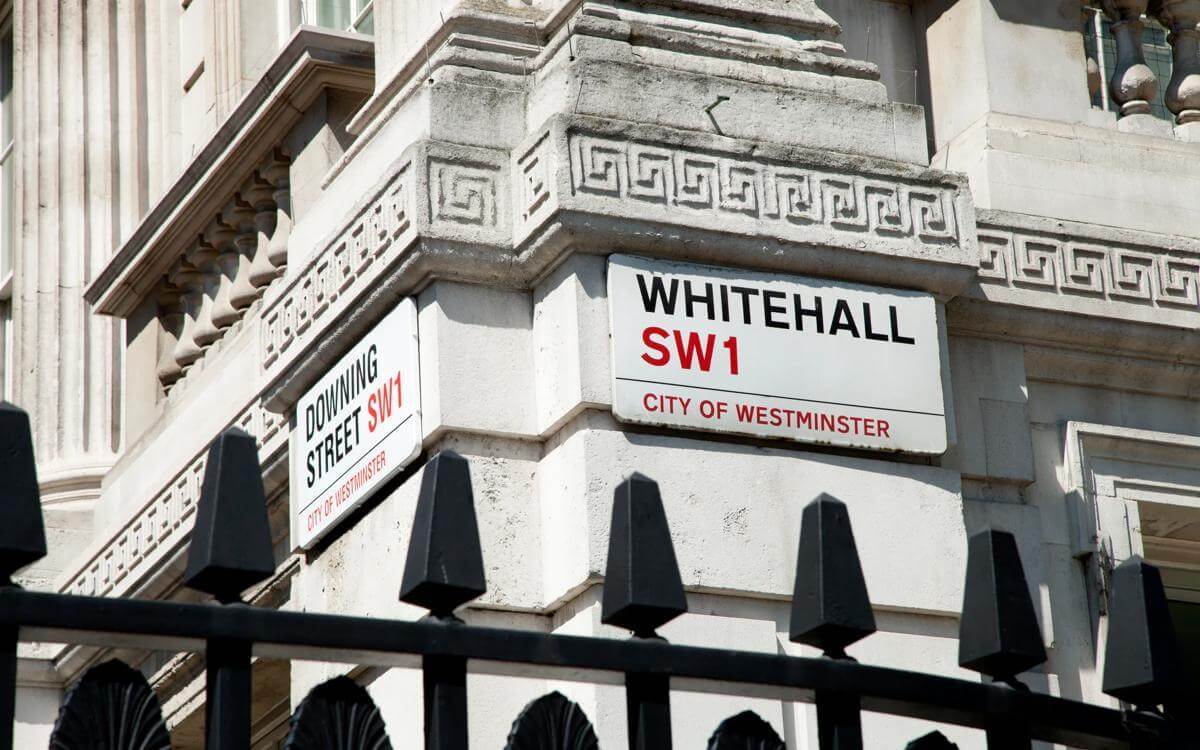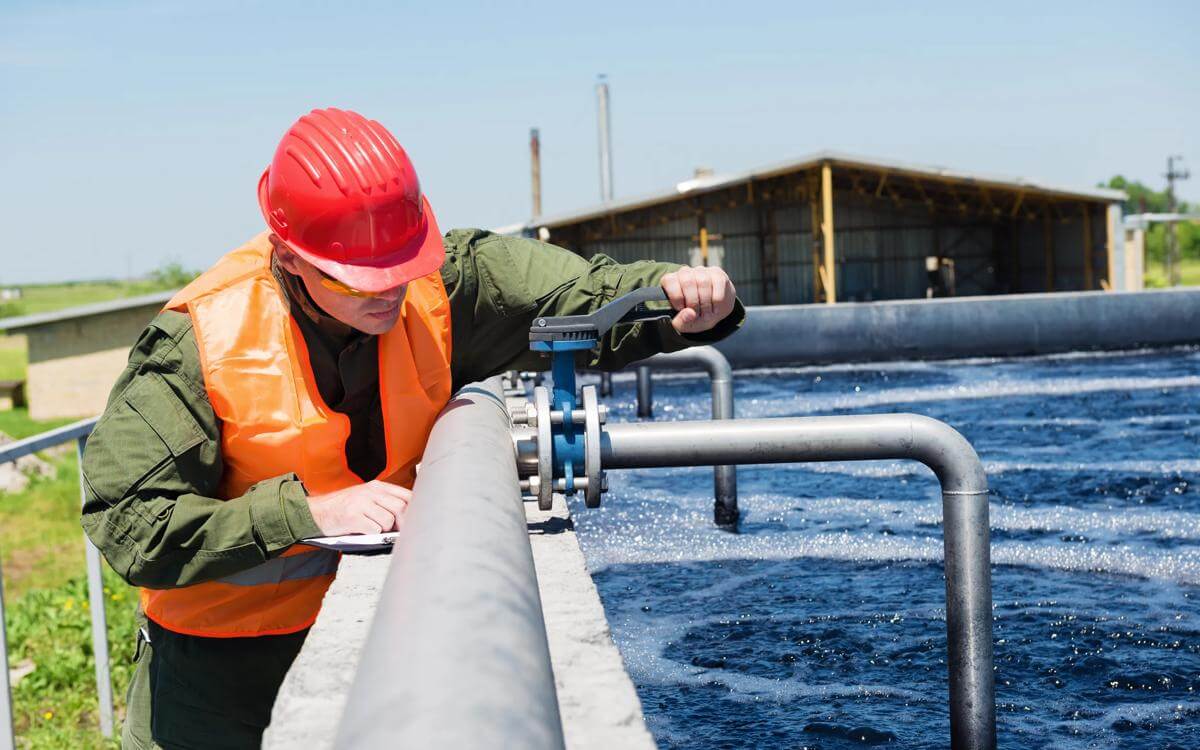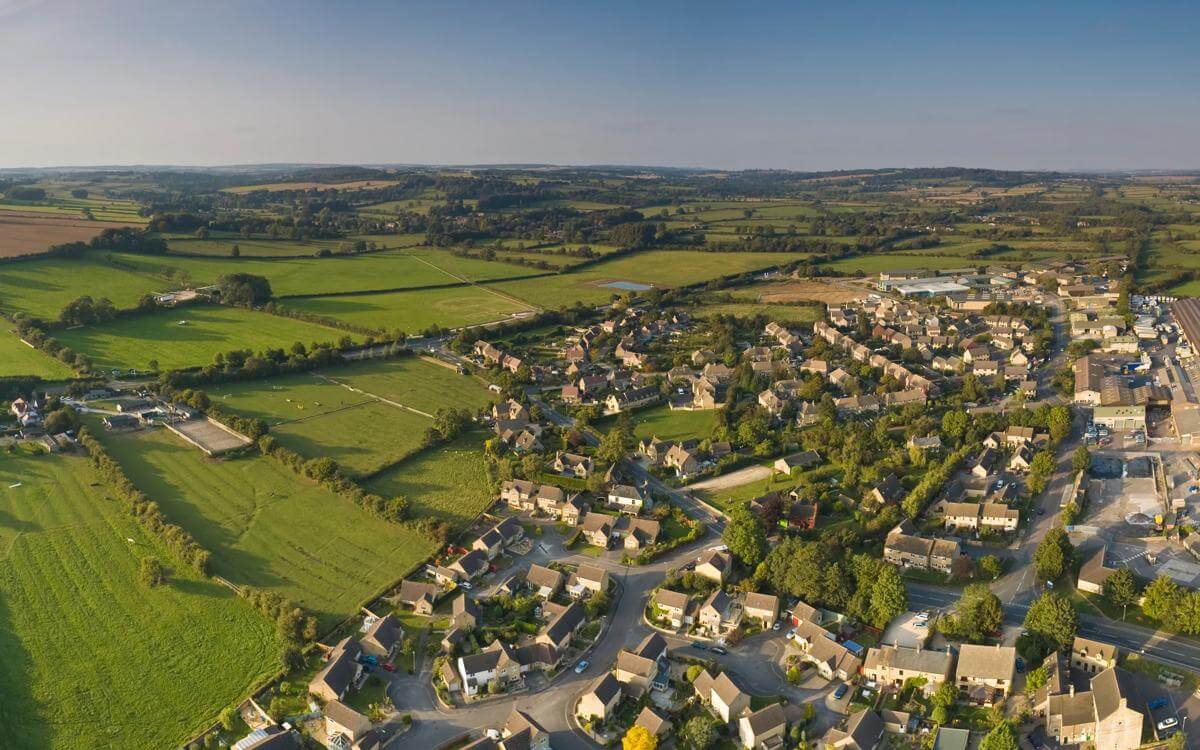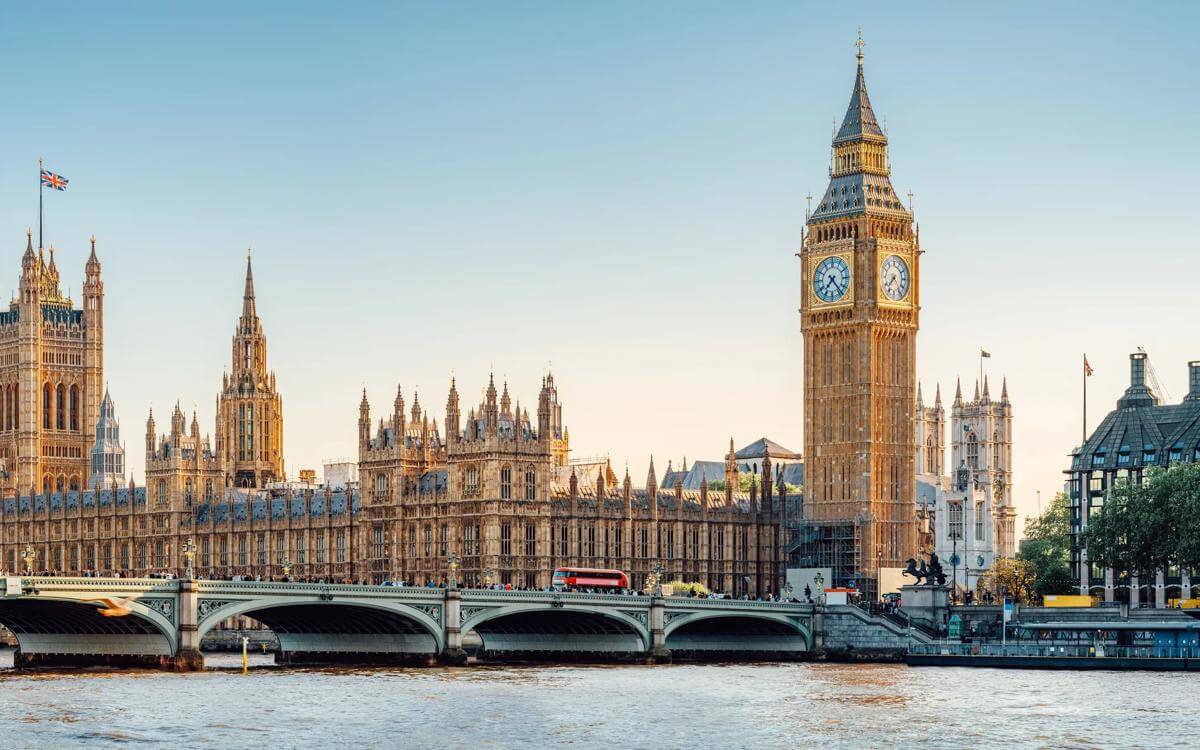The Nuclear Regulatory Taskforce has published a report that calls for a ‘radical reset’ of an ‘overly complex nuclear regulatory system’.
In a report published ahead of the Budget, the government-appointed taskforce made five recommendations – which included:
- Stronger political leadership, including the government providing a robust strategic direction for the civil and defence nuclear sectors.
- Establishing a Commission for Nuclear Regulation to be a unified decision maker across all regulators, planners, and approval bodies.
- Clarifying risk tolerability and proportionality, bringing Britain into line with the rest of the world.
- Merging the Defence Nuclear Safety Regulator into the Office for Nuclear Regulation.
- Avoiding regulation which prioritises bureaucracy over safe outcomes – such as reforming environmental and planning regimes to enhance nature and deliver projects quicker.
Maintaining high nuclear health and safety standards is critical
Commenting on the recommendations, Zoe Stollard, Partner in energy and infrastructure at Browne Jacobson, said: “While the current costs of nuclear power station construction in the UK may appear substantial, it's important to recognise that these figures will likely decrease as efficiencies are realised in future projects.
“However, it is absolutely critical that we do not pursue cost reduction at the expense of health and safety standards. Maintaining the highest levels of nuclear safety, security, and safety culture are imperative.
“Investing wisely in these projects now is essential to reduce the potential for significant incidents further down the line. The upfront investment in robust safety measures and regulatory compliance is not merely a cost, it is a necessary safeguard for public welfare and long-term operational success.”
Merging regulators is no silver bullet
Ben Standing, Partner in environment and planning at Browne Jacobson, added: “The huge cost disparity between Britain and other countries in building nationally significant infrastructure projects (NSIPs) – which includes nuclear power stations – is nothing new. A good example was that Norway’s Eiksund Undersea Tunnel cost £109m to build, while £267m was spent alone on planning for the Lower Thames Crossing.
“An overly complex planning system is rightly identified as part of the challenge in building things quicker and cheaper, but it’s important we properly diagnose where the problems lie before ripping up the existing system.
“It’s worth remembering that moving decision-making from the application to pre-planning stage was an idea first floated by Boris Johnson’s government for speeding up housebuilding. However, the criticisms of this approach were that it would create lots of work for under-resourced local authorities in the immediate term – illustrating how such an idea for NSIPs risks merely moving bottlenecks from one organisation to another.
“Merging the Defence Nuclear Safety Regulator into the Office for Nuclear Regulation, meanwhile, won’t necessarily be a silver bullet without adequate staffing and funding. As we’ve seen in other parts of government, bringing together two organisations faces challenges with potential cultural change and other matters that must be well managed.
“More broadly, what we really need from any new nuclear energy strategy is proper leadership from government that provides certainty on where nuclear sits within the green energy mix and what takes priority when balancing judgements regarding development and the natural environment.”
Contact

Dan Robinson
PR & Communications Manager
Dan.Robinson@brownejacobson.com
+44 0330 045 1072





